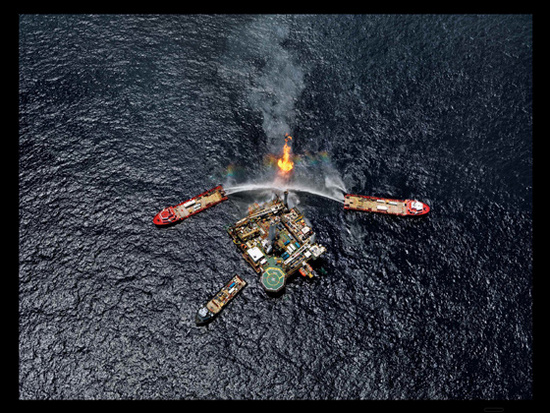Of course the app can be considered an independent work of art! It obviously has all the qualities that consider “art” to be art. It’s original, unique, and by far an amazing utilization of modern technology. I believe the renowned photographer Edward Burtynsky really displays a level of competition in the photography industry. He sets the bar high for other aspiring photographers because he has done something he has a deep passion for, and transformed it into a masterpiece.
According to the Oil App review by Photo District News, the original publication of the book is 218 pages and costs a whopping $128 (I might as well just enjoy public exhibitions for this price). Now the price for the app version is tremendously different. It costs less than half of the original print (selling at just $9.99) and includes even more features than the book including: several photographs found exclusively in the app version, a map displaying all the locations Burtynsky has photographed, and even virtual video tours of Burtynsky presenting his work in the exhibition. Plus, the quality of the image is much more greater than that of his published copy.
All in all, I honestly believe that buying this App is a wise investment, especially if you’re into industrialization.




